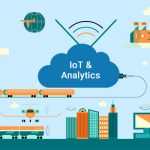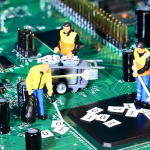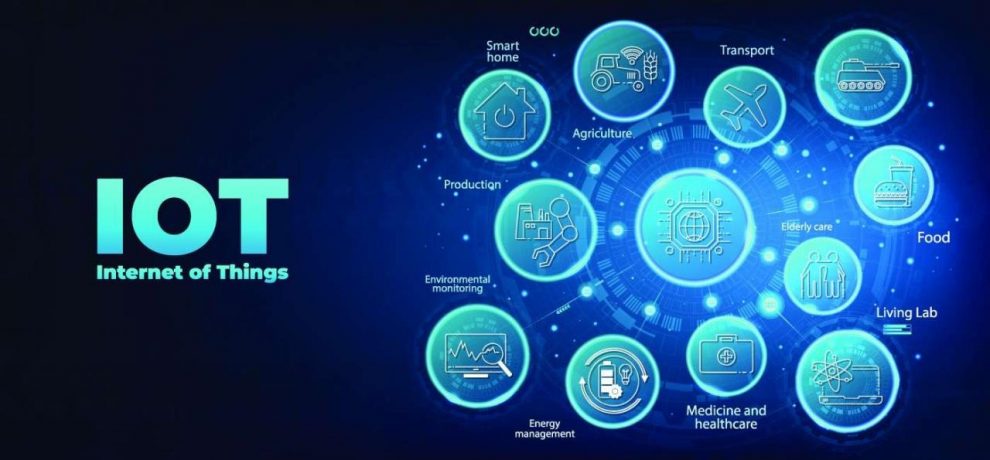The Internet of Things (IoT) refers to the growing network of internet-connected objects and devices that are embedded with sensors, software, and other technologies to collect and exchange data. From smart home appliances to wearable fitness trackers to industrial machines, the IoT allows devices to be controlled remotely and provides insights based on the data the devices generate.
The growth of the IoT depends on advances in sensor technology. Sensors allow devices to detect and measure real-world conditions like motion, temperature, light, pressure, humidity, and more. As sensors have become smaller, more energy-efficient, and more cost-effective, they have enabled the practical deployment of IoT devices across consumer, commercial, and industrial applications.
More Accurate and Reliable Sensors
Early IoT devices often relied on very basic sensors that provided limited utility. But sensors have improved dramatically in their accuracy, reliability, and robustness in recent years. For example, MEMS (micro-electro-mechanical systems) sensors can now provide laboratory-grade acceleration and gyroscope measurements in tiny, inexpensive packages. This has enabled the boom in consumer wearable devices like fitness trackers and smart watches.
Similarly, gas sensors that once could only detect a few select gases can now identify hundreds of distinct gas species with close to parts-per-billion sensitivity. This allows industrial facilities to cheaply monitor air quality and detect dangerous gas leaks. And moisture sensors that originally could only crudely estimate humidity now provide near-perfect accuracy at low cost. This enables applications like smart agriculture, where precise moisture data helps farmers optimize irrigation and soil health.
As Raj Talluri, Senior Vice President of Product Management at Qualcomm, commented: “Sensors are becoming so sophisticated that router manufacturers are adopting them to create smart routers that can sense the number of people in a room or detect motion and adjust network settings accordingly for better performance.”
Lower Power Consumption
Early versions of IoT sensors required so much power that they needed bulky batteries or frequent charging to operate. But modern sensors are extremely energy-efficient, able to operate for months or years on small batteries or energy harvesting.
Low-power design is enabled by improvements in the underlying hardware technologies. Sensors are now built on advanced fabrication processes that reduce electrical leakage. And new chip architectures take advantage of always-on processing modes that optimize power usage instead of relying on energy-hungry compute-intensive processing.
Tim Liberty, Senior Principal Engineer at Intel Labs, explained: “We’ve hit an inflection point in energy-efficient computing where the industry is now exploring what’s physically possible. Some of the most advanced, cutting-edge work being done today is in the area of low-power design.”
These power optimizations have opened the door to self-contained IoT edge devices located where wires and battery swaps are impractical.
Advanced Chip-Scale Sensors
While the first IoT sensors were relatively large, modern sensors can now be manufactured at the chip scale through microelectromechanical system (MEMS) fabrication. This allows sensors to be embedded into very small products.
The Bosch BMA400 accelerometer, for example, measures just 2 x 2 x 0.95 mm but provides precision measurement of motion in three axes. This enables detailed motion tracking in small wearable devices. Similar chip-scale MEMS sensors from leading manufacturers can precisely measure other environmental variables like gas concentration, pressure, acoustic levels, and more.
Jonathan Simon, CEO of SambaNova Systems, said: “MEMS-based sensors have enabled the smart watch revolution. And they are being embedded into an increasing number of consumer and industrial environments.”
The small size also allows networks of multiple sensors to be clustered together to provide multidimensional data. For example, the latest smartphones contain MEMS accelerometers, gyroscopes, magnetometers, barometers, and microphones.
Tighter Sensor Integration
In addition to advances in the sensors themselves, IoT systems have benefited from tighter integration between sensors and compute/communication modules.
In particular, advanced sensor hubs and fusion algorithms now preprocess sensor data locally before transmitting only the most essential data to the cloud. This improves power efficiency and reduces network bandwidth requirements.
Sensor integration is also enabling new human-machine interface experiences. For example, Google’s Soli sensor technology uses a tiny radar to track fine hand and finger motions at short distances. This allows interaction with devices through touchless gestures.
As Sanjay Gupta, Vice President at Google, said: “We’re seeing radical improvements in sensing capabilities for human-computer interaction, which will enable new types of intuitive interfaces using touch, gestures, and more.”
Smarter Algorithms and Models
Finally, improvements in sensors are being matched by advances in machine learning algorithms to make sense of sensor data. Together, they enable smarter IoT deployments.
Powerful neural networks can now find subtle patterns and make predictions based on sensor data. This turns raw sensor readings into actionable insights. Smart agriculture systems, for example, combine real-time sensor data with AI to optimize growing conditions autonomously.
Over time, IoT systems can build knowledge and learn the unique aspects of their environments. John Kreisa, Vice President at IBM Research, explained: “While sensors provide the inputs, it’s advanced machine learning that turns the data into true value for IoT deployments. The insights improve automatically over time.”
The Future of IoT Sensors
As sensor technology improves, IoT devices will become even smarter, smaller, and more efficient. This will enable new classes of sensors suitable for extreme environments and batteryless devices that operate purely by harvesting energy.
Emerging types of sensors will detect new phenomena today’s sensors cannot. And future implantable or wearable sensors will provide direct insight into human health and augmented reality environments. The IoT is still just in its infancy, with many exciting sensor-enabled applications on the horizon.
In summary, the rapid improvement of sensor technology in terms of accuracy, reliability, power, size, and intelligence has been key to the growth of the Internet of Things. Smarter sensors enable IoT devices that are practical, affordable, and valuable across consumer, commercial, and industrial applications. Advancements in sensor technology will continue to drive IoT adoption and create new human-machine experiences through increasingly perceptive environments.


















